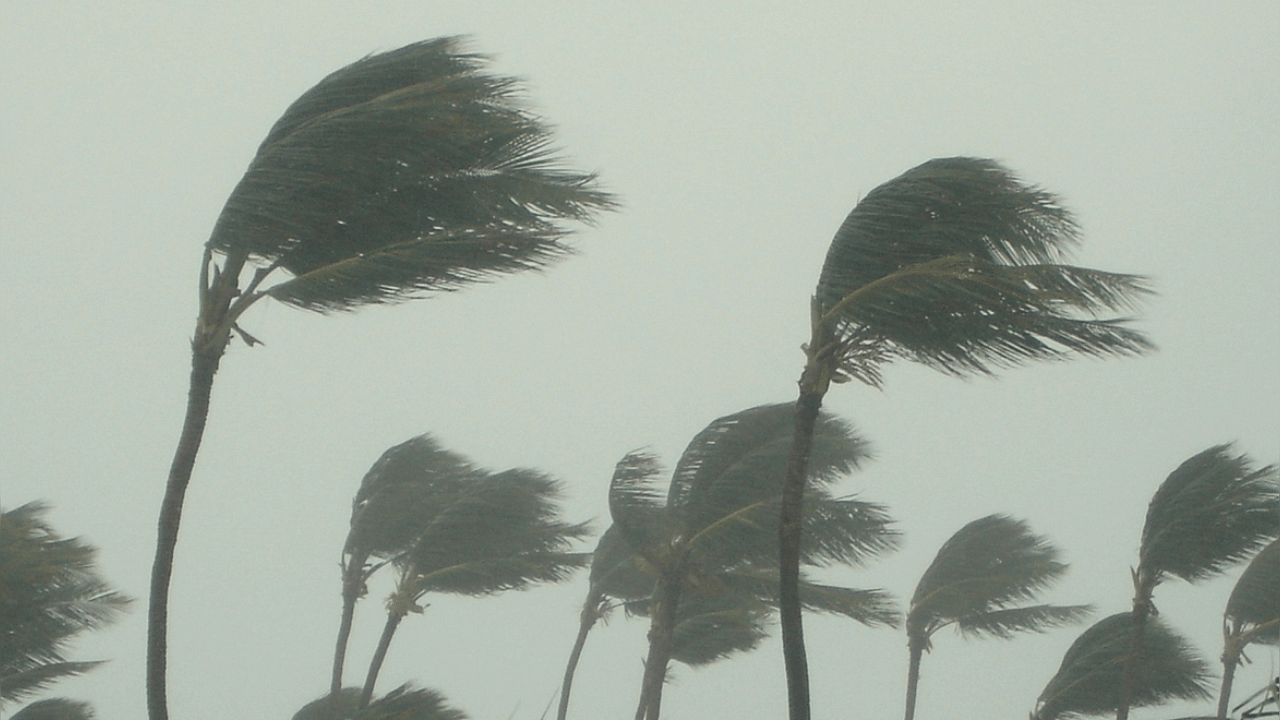
Even as you read this, Cyclone Tauktae is brewing strong in the Arabian Sea. The Indian Meteorological Department (IMD) has charted its path since May 14, when it was still a deep depression over the Lakshadweep area. The deep depression moved northwards and turned into Cyclone Tauktae (pronounced Tau’Te) late last night and is now moving almost parallel to the western coast to reach the Gujarat coast on May 18.
The latest IMD forecast, at 10 am on May 15, states that the cyclone is likely to intensify into a ‘severe cyclonic storm’ during the next 12 hours and possibly into a ‘very severe cyclonic storm’ during the subsequent 12 hours, which would mean wind speeds of more than 160 km per hour.
Over 5,500 km of the 7,500-odd km of India’s coastline is exposed to cyclones of varying intensity. Government studies estimate 40 per cent of the population living within 100 km of the coastline could potentially suffer from these cyclones.
In reply to a Parliament question in March, the government said, “Studies show a decreasing trend in the frequency of the formation of ‘cyclonic storms’ over the Bay of Bengal and an increasing trend over the Arabian Sea, based on the data during 1965-2020.”
Get all the live updates of Cyclone Tauktae here
Not just their frequency, even the intensity of cyclones in the Arabian Sea has increased in recent years, which experts had pointed out when the west coast braved Cyclone Nisarga last year. The phenomenon was ascribed to the rapid warming of the relatively cooler Arabian Sea (as compared to the Bay of Bengal) that suits cyclone formation. Economic losses due to such disasters are also on the rise.
Thus, there must be ample cyclone preparedness. In recent years, thanks to the IMD tracking cyclones almost from their inception to their landfall and beyond, cyclone forecast has improved considerably. Technology has also enabled easy access to similar forecasts by agencies the world over.
Post-1999, Odisha has gradually upgraded its infrastructure with proactive measures to mitigate damage from cyclones. Village level volunteers, cyclone shelters on stilts with provisions for livestock, rescue boats, water and ration kits at the shelters are part of the regular drill that has proved its worth time and again in the state.
States on the west coast need to similarly ramp up their efforts. The early warning systems for the most vulnerable communities and the mitigative efforts are being improved but the pace is tardy.
Read more: Houses damaged, cracks develop in Valiyathura sea bridge as rains continue to batter Kerala
The objective of the ongoing National Cyclone Risk Mitigation Project (NCRMP) is to undertake suitable structural and non-structural measures to mitigate the effects of cyclones in the coastal areas.
The NCRMP aims at reducing the vulnerability of coastal states through the creation of an appropriate infrastructure that can help mitigate the adverse impacts of cyclones while preserving the ecological balance of a coastal region and strengthening cyclone warning systems enabling quick and effective dissemination of warning and advisories from source/district/sub-district level to the relevant communities.
Phase II of this project was approved in July 2015 to be completed by March 2020 for the states of Goa, Gujarat, Karnataka, Kerala and Maharashtra on the west coast, and West Bengal on the east coast, at an outlay of Rs 2361.35 crore, including World Bank assistance of Rs 1881.20 crore with the remaining to be contributed by the states.
As of March 2021, government records show the works for the Early Warning Dissemination System (EWDS) in Goa, Karnataka and Kerala remain incomplete and were given a new deadline of February/March 2022. Unlike several government documents that are mostly in English, this information is supposed to reach the beneficiary in a language that he or she understands.
Further, in Goa, of the 12 Multi-Purpose Cyclone Shelters (MPCSs) to be completed, none was fully complete in all respects and the deadline for five of them was shifted to early 2022. In Karnataka, of the 11 MPCSs, eight are complete and three are under construction.
Kerala claimed that 10 of its 17 MPCSs were almost complete; three would be completed by August 2021, and the remaining by March 2022. Gujarat said it has completed 33 of 76 MPCSs, and the remaining 43 would be completed by December 2021. Once the physical structures are erected, the states would have to ensure Shelter Level Equipment (Set) too.
As the storm surges ahead, the real test would be the on-ground preparation, coordination between multiple agencies, training of the state government officials to first design protocols and then to follow them and increasing community awareness, in local languages, about the risks and the possible mitigation measures.
A telling comment on the state of affairs on the ground was the lack of coordination that departments of the state governments displayed during the project steering committee meeting of the NCRMP in March this year.
“It was expected that the state governments should have sorted out their in-house issues/communications before attending the meeting with the Government of India,” was put on the record in the minutes of the meeting.
What can be a more severe indictment of the state governments?
(Nivedita Khandekar is an independent journalist based in Delhi. She writes on environmental and developmental issues. She can be reached at nivedita_him@rediffmail.com or follow her on Twitter at @nivedita_Him)